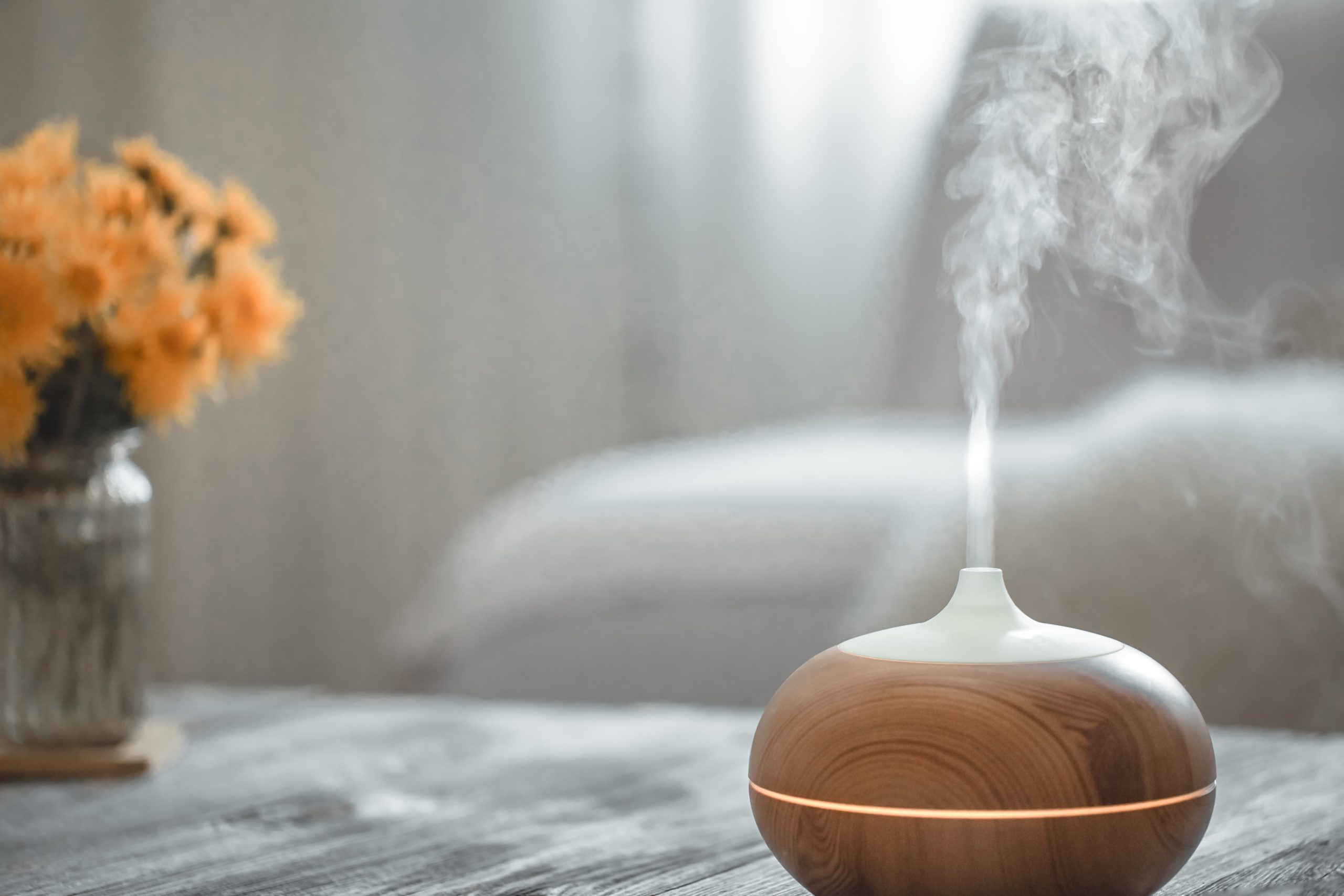Home (Indoor Air Quality) Improvement

Indoor air quality is a serious issue and needs to be treated as such. According to the EPA, indoor air pollution is one of the top five environmental risks to public health. Many people don’t realize this, but the air inside your home can be up to five times more polluted than the outdoor air.
That’s why it’s important to take steps to improve your indoor air quality. In this blog post, we will discuss some simple ways that you can improve the air quality in your home and keep your family safe!
Standards For Indoor Air Quality
When talking about the standards for indoor air quality according to the Environmental Protection Agency, we need to discuss the air exchange rate. The air exchange rate that is recommended for most homes is to receive 0.35 air per hour, within no less than 15 cubic feet of air per minute per person.
In addition to the air exchange, kitchens and bathrooms should have an exhaust to help remove and prevent pollutants and moisture levels. Lastly, if any fuel-burning appliances including fireplaces are used, then additional ventilation should be used.
If you are concerned that the air in your home does not meet these standards, there are a few things you can do to improve it.
How To Improve Indoor Air Quality
Here are a few things you can do to improve your home’s indoor air quality:
Reduce the Amount of Dirt You Track In
Some large foot mats positioned right inside of any doors leading outside will capture much of the dirt and filth that may otherwise make it’s way farther into your home.
Dirt that gets tracked in with shoes tends to make its way into the air, as well as other contaminants contained within it. If you have a large enough mat, guests can remove most of those unwanted tag-alongs without having to consciously wipe their feet and sweep the floors.
Just make sure to regularly remove the build-up of dirt from the mat where it belongs: outside.

Go Fragrance-Free
Many air fresheners contain unwanted pollutants that can irritate the respiratory system. While it may be making your home smell nice, the chemicals that produce the lovely aromas may be filling your air with unwanted contaminants.
Consider using all-natural alternatives to keep the pollutants to a minimum.
Inspect Your Appliances
Older appliances may emit increased amounts of pollutants, such as asbestos, into the air. Have your aged appliances tested for high amounts of pollution emissions and discuss with an expert what options you have to reduce this unwanted byproduct.
It may be time to upgrade some of those appliances as well. New appliances often come with energy-saving options, which can help to save you money on top of your health.
Ventilation Issues
Opening windows is a temporary solution to a lack of ventilation in your home (Re: “Stuffy”). While it can provide some much-needed fresh air, it is by no means a solution to the problem.
Your system may be improperly designed. You may consider having your ventilation system evaluated by a professional in order to determine what, if any, improvements are needed to bring your system up to standard. You may just need to have duct cleaning.

Dehumidify
Dehumidifiers reduce the moisture in the air; a key component that cultivates mold-growth. Mold spores in the air are not only uncomfortable to imagine breathing in, but they can also have negative health impacts if not dealt with.
Of course, a healthy balance is needed; as too little humidity has its own set of issues as well. Speak with an expert to determine what works for you and your home.
Air Filtration
If you don’t already have an air filtration system, then we highly recommend that you consider getting one. The Home Air Cleaner uses revolutionary technology to create a cleaner, healthier home environment. It can remove up to 99.98% of airborne particles, including those as small as 0.3 microns. This makes it 8 times more effective than some of the best HEPA space filters and 100 times more effective than a standard 1-inch filter.
We highly recommend using certified air filtration systems such as Ohana Clean Air.
Do Plants Improve Indoor Air Quality
It’s well known that plants improve outdoor air quality, in fact, materials from the Ohio State University show that they can remove over 20% of air pollution. However, what about indoor plants?
You have probably heard from people that houseplants help to improve your home’s air quality. However, this turns out to be a myth. New research has shown that houseplants do almost nothing to help purify the air in your home.

Although plants can provide many other benefits for your home, they do not help with air purification. If you’re looking for the best solution to help improve the indoor air quality of your home, then look towards a Home Filtration System, such as the one we mentioned before.
Time To Improve Indoor Air Quality
Indoor air quality is one of the most important things to consider when it comes to your health. There are many ways to improve indoor air quality, but one of the most effective is by adding a home filtration system to your home. Although plants can help improve the aesthetic of your home, they won’t help the air quality.
Also, it is important to follow standards for indoor air quality. The EPA has set guidelines for acceptable levels of various pollutants in indoor air. By following indoor air quality EPA guidelines, you can help to ensure that your home is a safe and healthy environment.
Thomas Service company is committed to helping you improve your indoor air quality. We offer a wide range of products and services that can help you create a healthy home environment.
Get in touch today to learn more about how we can help you improve your indoor air quality.
